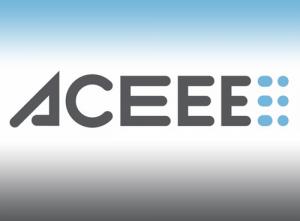Energy-Efficiency Performance

The American Council for an Energy-Efficient Economy (ACEEE) last week proffered its first-ever Utility Energy Efficiency Scorecard, in which it ranked more than 50 of the largest electric utilities in the country in terms of various efficiency metrics. The ACEEE described its review as a "first-ofi-ts-kind deep-dive into utility-sector energy efficiency efforts."
The study looked at three broad areas associated with energy efficiency: (1) quantitative savings and spending performance; (2) program diversity and emerging areas; and (3) efficiency related regulatory issues. The group stated that it examined a total of 18 sub-metrics within those three categories.
After tabulating its findings, the ACEEE declared two New England utilities, Eversource Massachusetts and National Grid Massachusetts, to be the most energy-efficient under the group's evaluation criteria. Coming in last was Alabama Power, with Dominion Energy in the next-to-last spot. In general, the ACEEE discovered that utilities in the Northeast and the West performed the best while those in the Southeast foundered when it came to efficiency improvements. The report indicates that spending on energy-efficiency initiatives among all utilities averaged about 2.7% of revenues. However, the ACEEE said that it saw a marked difference in spending between the top-performing utilities and those in the bottom tier, as the top 10 devoted about 6% of their revenues to efficiency measures compared to the dismal 0.7% of revenues used by the bottom 10 for energy efficiency.
The ACEEE conveyed that most of the utilities actually succeeded in achieving greater savings than they had anticipated when instituting energy-efficiency projects. The report lists an average target of 0.77% in savings, but 0.89% in actual savings. The most common efficiency programs were aimed at residential heating, ventilation, and air conditioning systems, as well as customized measures for commercial and industrial customers. The ACEEE remarked that a number of utilities are now using time-of-use rates as a means of leveraging other energyefficiency strategies to encourage additional reductions in consumption among residential customers.



